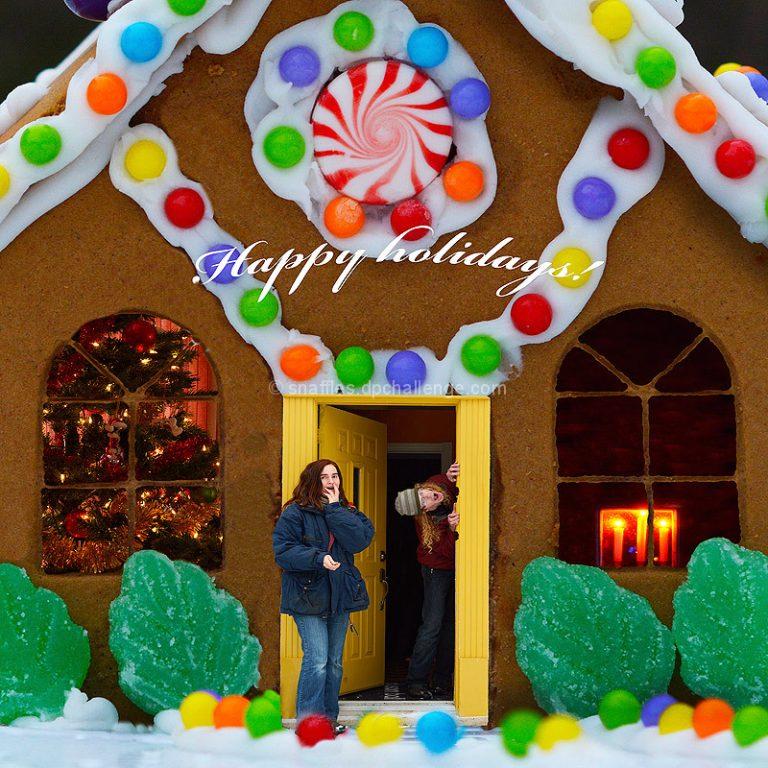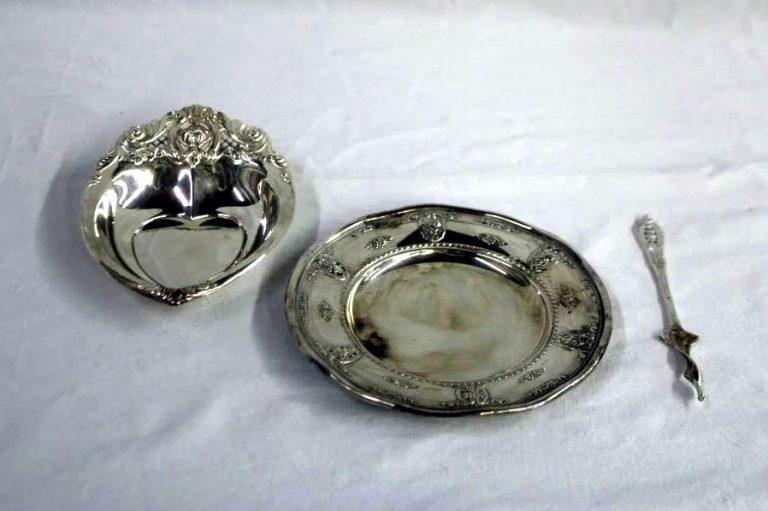Consignor: Do’s and Don’ts For Selling At Auction
Ah, the joys of coming in to work at an auction house on unboxing day! Boxes and totes full of potential goodies from a fresh batch of consignors are wheeled into the unboxing area. You reach for your boxcutter, slice through the tape on top of a generic brown box, part the flaps and find…..
…well, anything. Ideally, the contents are well-wrapped in sheets of off-white newsprint packing paper and tightly packed together. Ideally, the interior of the boxes and totes are clean. Sometimes a box’s contents have literally been tossed in; if the contents are unbreakable, like fabric, kitchen utensils and cutlery, that’s acceptable.
Then there are boxes that have been stored in outbuildings for decades. That’s when you reach for a pair of gloves and an extra mask, because you can count on finding rodent droppings, nests made of shredded packaging material, soiled fabric and, in one particular case, a live mouse.
I was the one who noticed the pair of shiny black eyes peering at me from the depths of a tote amongst what had once been Christmas garlands. I took the tote outside, let the mouse go, then tackled the rest of the box’s contents. After slicing my hand on shards of what had been a vintage snow globe, I dumped the sodden, reeking pulp straight into the garbage. There were many boxes like this from that consignor; many items were tossed out.

So, all you potential consignors who want to make some money selling items at auction, here are a few basic Do’s and Don’ts for consigning in particular, but packing in general.
Do invest in good-quality packing supplies like bubble wrap, packing paper, packing tape and shipping boxes, easily found at moving outlets, office supply and hardware stores. Liquor store outlets, at least in Ontario, are happy to let you take their empty boxes and inserts. They’re great for items like – surprise! – glasses and small breakables. Grocery stories also often have empty boxes up for grabs. If you are also consigning soft items, like face cloths, napkins, towels and tablecloths, you can kill two birds with one stone by wrapping fragiles like china and glassware in them.
Do tape the bottom of any box with open flaps with packing tape. That interlocking over-and-under method of folding the flaps can be used for the top flaps, but never the bottom.
Do ensure that soft items (tablecloths, bed linens, cushions, pillows, bathtowels, quilts, etc) are clean and in good repair. (By the way, these are the only items you can safely bring to auction in large, clear plastic garbage bags.) It’s one thing to find one or two small food stains on a tablecloth or napkin, but quite another to find large stains – especially bodily fluids – on any kind of bedding. Guess which will be immediately discarded.
Do ensure that fragile items (china, glass, crystal) are also clean – nobody wants to find crusted food on a set of plates or cutlery – intact and well-wrapped. Broken fragiles are tossed immediately. Fill any empty sections of the box with wads of paper or fabric to minimize items shifting around during transit.
Do save the largest packing boxes and totes for items that take up a lot of room but don’t weigh much, like lamps, light shades, vases and decorative wreaths. A duvet or quilt is useful for padding around large, odd-shaped items and doesn’t add much extra weight.
Do identify any exceptionally unusual items you may be consigning to the best of your ability. Auction houses often have knowledgeable people to call on to help identify items, but even they can be stumped. (See the previous post for a perfect example!)
Do notify the auction house if you want any storage totes back. Otherwise, they will be sold. In the event that lots don’t sell, you may be asked if you want the unsold items returned to you or donated to charity.
Do check the slots of electronics like DVD players, VHS tapes, gaming units and especially digital cameras for cartridges, discs, batteries and SD cards. Batteries in particular are a potential hazard as they can corrode and destroy the electronics. Any time I unpacked a digital camera I immediately checked it for any batteries and SD cards left inside. Most auction houses will make an effort to return SD cards to the consignor.
So far, so good? Following the list of Do’s will help maximize your item’s chances of getting to auction in saleable shape. Now, for the Don’ts.
DON’T send items that are broken, moldy, mildewed, heavily stained, damaged etc. This should be a no-brainer, but if something looks like trash and smells like trash, then it’s trash. Toss it! Auction houses are not dumps and many charge waste disposal fees.
DON’T send clothing, unless it is vintage and in excellent shape. The local charity will be happy to take clothing, that is clean and in good shape, off your hands.
DON’T overpack boxes and totes with heavy items. Even a small-size packing box, jammed with items that are heavy for their size – like books, paperweights, cast-iron frying pans – weighs a back-wrenching amount. Put books and other small, heavy items in small, sturdy boxes.
DON’T wrap fragile items in flimsy plastic bags that offer absolutely no padding. If you use newspaper, use several layers.
DON’T hassle the auction house staff. Once the auction has been launched, it’s one thing to notify the GM of an error in the listing for one or two lots, but quite another to pick over every single lot of yours and find something to moan about. Nor can the staff control how well your items sell.
In short, treat the items you consign with some amount of respect and care. If you are dragging boxes out of the barn they’ve been in for the last 25 yrs, at least open them and check that the contents are still in sellable condition. Imagine that you’re the person having to unpack that box. In fact, go for the win and transfer the contents to a brand spanking new box or tote, and throw that moldering cardboard box stinking of mildew and mouse pee onto the burn pile.
And that’s all for now, folks! Hope this blog entry has been useful. Have a good week.






